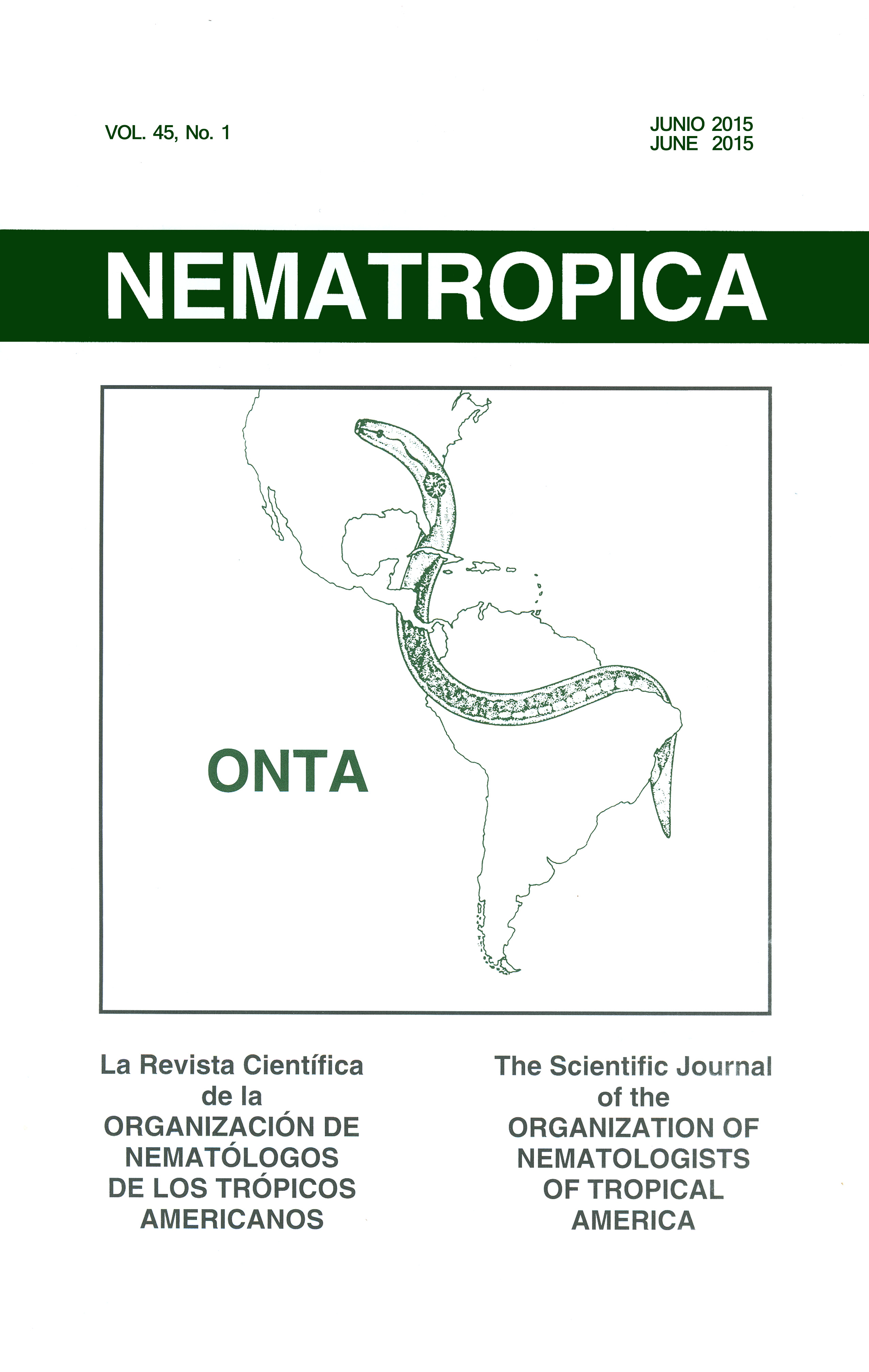DAUER IN NEMATODES AS A WAY TO PERSIST OR OBVIATE
Keywords:
Caenorhabditis elegans, cancer dormancy, dauer, developmental arrest, life spanAbstract
Dauer is a German word for “enduring” or “persisting”. Dauer is an alternative larval stage in which development is arrested in response to environmental or hormonal cues in some nematodes such as Caenorhabditis elegans. At end of the first and beginning of the second larval stage, the animal may enter a quiescent state of diapause called dauer if the environmental conditions are not favorable for further growth. The dauer is a non-aging state that does not affect postdauer life span. Entry into dauer is regulated by different signaling pathways, including transforming growth factor, cyclic guanosine onophosphate, hormonal signaling pathways, and insulin-like signaling. The mechanistic basis for the effect of genetic or environmental cues on dauer arrest is similar to that of many persistent pathogens. Many outstanding questions remain concerning dauer biology, a fertile field of study both as a model for regulatory mechanisms governing morphological change during organismal development,
and as a parallel to obligate dauer-like developmental stages in other organisms. Future research may lead to more powerful tools to understand the roles of those families detected in dauer arrest and could elucidate early
cues inducing dauer formation.

